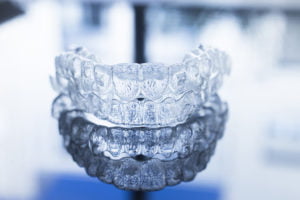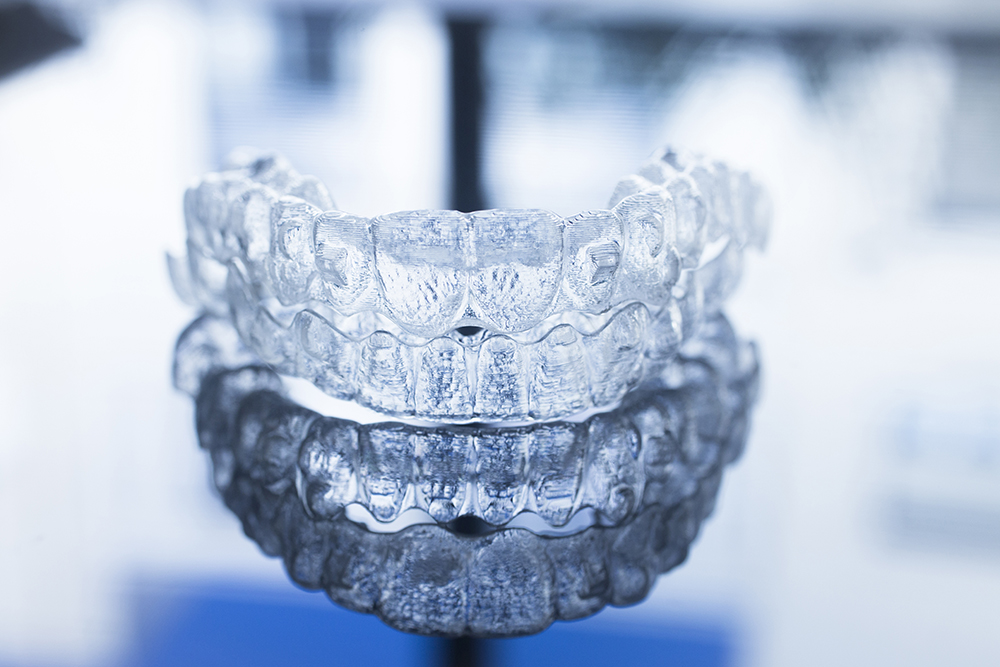 Orthodontic treatments are more effective than ever and will help patients straighten their smile and improve their bite pattern. Currently, two of the most popular treatment options for malocclusion (an imperfect positioning of the teeth) are Invisalign aligners and traditional metal braces.
Orthodontic treatments are more effective than ever and will help patients straighten their smile and improve their bite pattern. Currently, two of the most popular treatment options for malocclusion (an imperfect positioning of the teeth) are Invisalign aligners and traditional metal braces.
Every treatment type comes with its own advantages and disadvantages, and patients should take some time to learn how each of them work before making a decision.
Should I Straighten My Smile?
While many patients are unhappy with the appearance of their smile and would like to straighten their teeth, others think of malocclusion as nothing more than an aesthetic issue.
Malocclusion is a cosmetic problem, but many will be surprised to hear just how much it can affect other aspects of their oral health.
Untreated malocclusion will increase one’s risk of chipping their teeth and could result in issues with speaking and eating. This is why all patients should speak with our orthodontist to explore their treatment options.
Traditional Metal Braces
What we think of as traditional metal braces came into being in the early 1900s. While modern braces have undergone quite a few changes, the basic principles remain the same.
Most braces are comprised of only a few parts beginning with a “post” that is attached to the teeth with a powerful adhesive. After the adhesive has dried, metal wires are then used to connect the posts to one another.
A small amount of pressure is applied to the wires, and this pulls the teeth back into the correct position.
These treatments can be carried out in as little as a few months or the patient might need to wear the braces for three years or longer. Patients will need to visit the orthodontist regularly to track their progress and tighten the braces as needed.
Invisalign Aligners
Invisalign aligners are a relatively recent treatment option and were approved by the FDA in 1998. Much like metal braces, these aligners apply pressure to the teeth in order to pull them into the correct position.
This treatment begins with the orthodontist taking molds of the patient’s teeth in order to create trays that fit perfectly. These trays are nearly invisible once they are in the mouth and can be taken out at any time to eat, drink, and brush one’s teeth.
The treatment time is similar to that of traditional metal braces, but the primary benefit is the convenience of not having braces in one’s mouth at all times.
Choosing a Treatment
Every patient will need to speak with the orthodontist to explore all of their treatment options for malocclusion. Metal braces are often necessary for younger patients and those that will not leave their trays in for at least 20 hours a day.
For more severe cases of malocclusion, braces might be needed for a short period of time before transitioning to Invisalign aligners.
After completing either of these treatments, most patients will need to wear retainers for the rest of their life.
Contact Brace Central today to schedule a consultation. By working together, we can help you determine whether Invisalign or metal braces will be beneficial for your needs.

